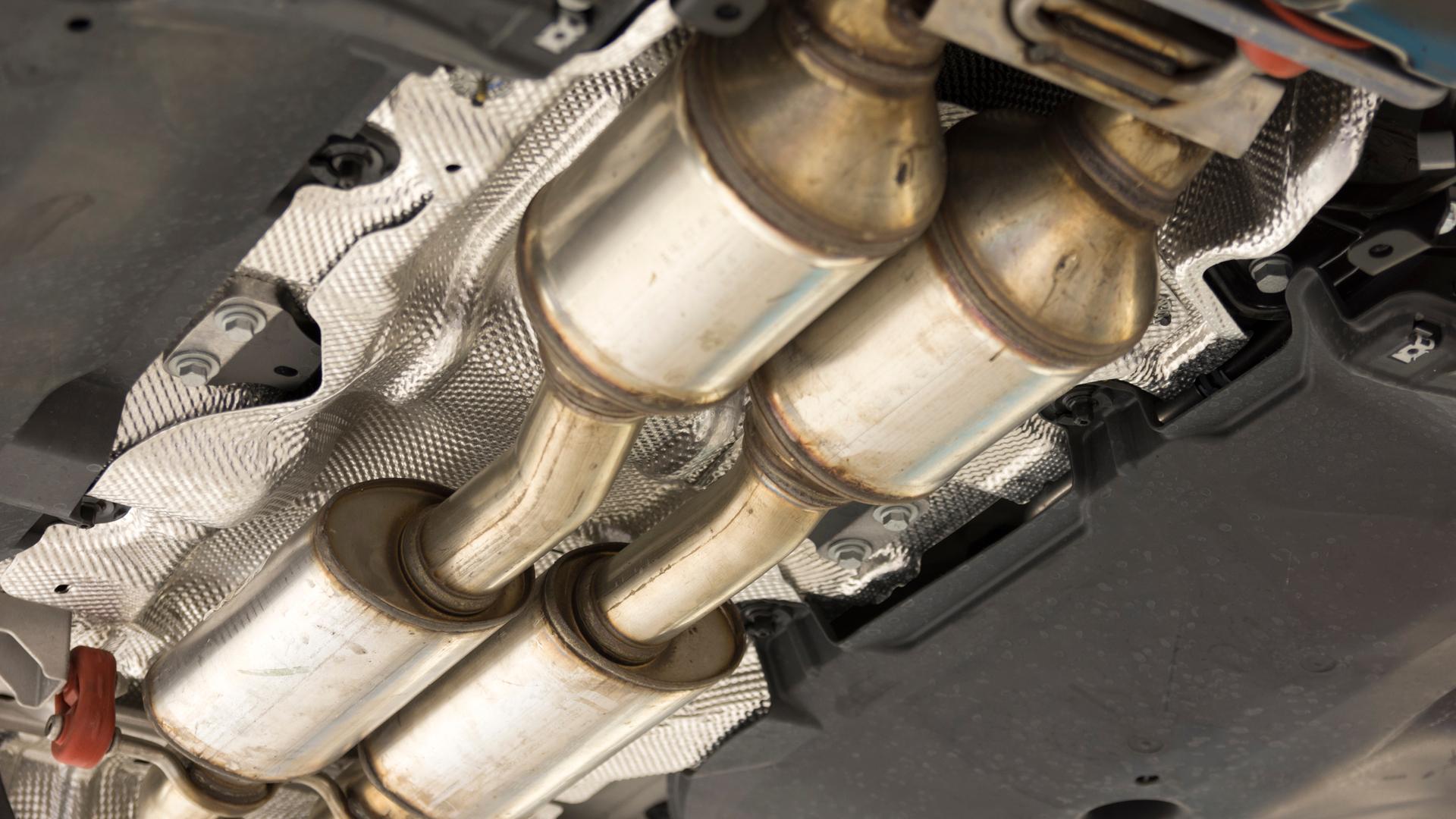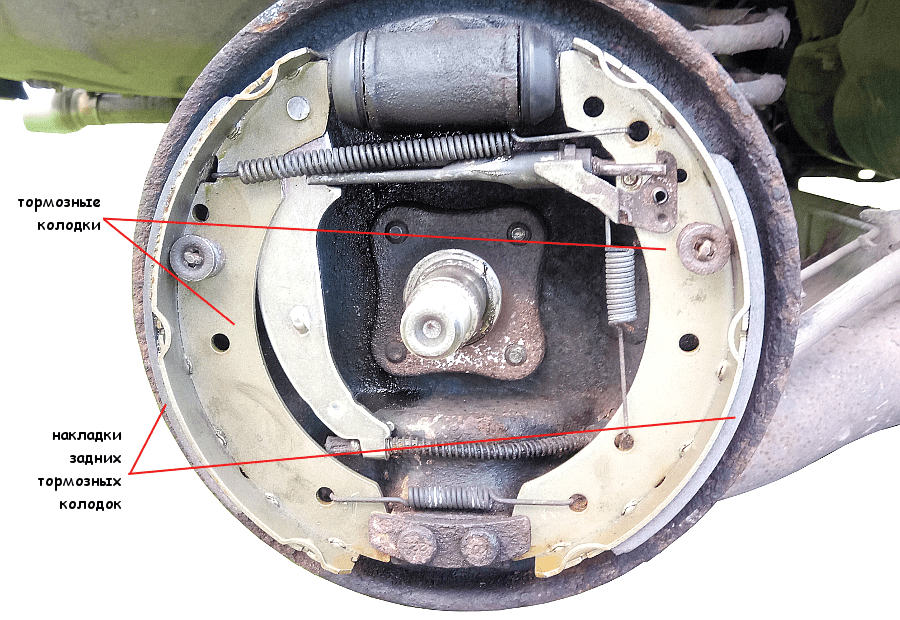
How to Prevent Catalytic Converter Theft
Content
Catalytic converters are readily available to thieves looking to profit from the precious metals inside.
When people think of the words "theft" and "car" together, they usually think of broken windows, missing audio equipment, and even a completely missing car. Drivers don't usually attach much importance to the equipment attached to the bottom of the car, especially the catalytic converter.
The catalytic converter converts hazardous pollutants into harmless gases. It has been a mandatory feature of the car exhaust system since the 1970s and is located next to the engine exhaust manifold on most cars. It is easy to see from under the car.
Catalytic converters are in demand because they contain precious metals such as platinum, rhodium and palladium. Thieves can sell converters to unregulated scrap yards for around $200 each depending on the size and quality of the metal inside. The number of catalytic converter thefts that occur in the United States depends on the varying prices of metals within. When prices go up, so does theft.
The cost of replacing a catalytic converter ranges from $500 to over $2000 for a catalytic converter replacement. Damage to surrounding parts can result in high replacement costs. The car will not work properly and you cannot drive without it.
How do thieves steal catalytic converters?
Thieves tend to target vehicles with easily accessible catalytic converters, such as pickup trucks and some SUVs. Cars left for long periods of time in poorly supervised parking lots tend to be the most common locations.
It only takes a saw and a few minutes to remove the catalytic converter. In some cases, catalytic converter thieves use a plank to get under the car or, if time permits, use a jack to raise the car. Once under it, the thief saws through the piping on both sides of the converter to remove it from the vehicle.
How do you know if your catalytic converter is missing?
You will be able to tell that something is wrong immediately after turning on the car after your catalytic converter was stolen. You will notice the following 3 symptoms:
- The engine will make a loud rumbling or roaring sound that will get louder as you press the gas pedal.
- The car will ride unevenly and will seem to twitch when changing speed.
- If you look under the car from the back, you will notice a gaping hole in the mechanism, near the middle of the exhaust system, as well as pieces of torn pipes.
How to prevent catalytic converter theft:
Because converter thieves tend to target cars in ideal locations, most prevention methods involve parking practices. Here are 6 tips to prevent catalytic converter theft.
Park in well-lit areas.
Park at the entrance to the building or on the nearest road in public parking lots. This leaves your car in a place where many people can see it.
If you have a personal garage, keep the car inside with the door closed.
Add video surveillance to the area where you regularly park your car.
Install a catalytic converter protector or weld it to the vehicle frame. You can also engrave your vehicle's VIN number on the catalytic converter.
Set the security system on your car, if it is already installed, to be activated by vibrations, such as from a saw.
If you notice that your catalytic converter has been stolen, first call the police station and provide all possible identification. Also, call your local scrap yards to let them know about the theft. They might be on the lookout if someone comes with a catalytic converter.
Remember, the best way to prevent theft is to make accessing your vehicle's inverter as inconvenient and difficult as possible. That means taking preventive measures like smart parking and adding your VIN number to the catalytic converter. Watch for an increase in theft in your area and respond accordingly.
